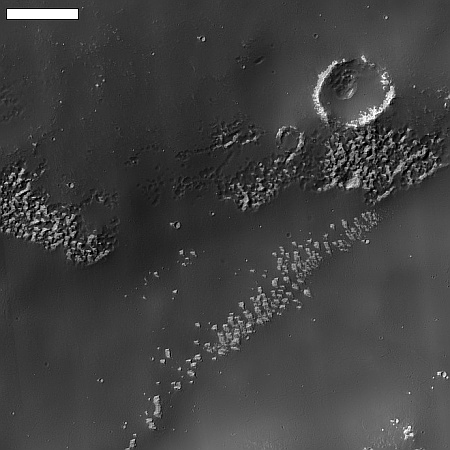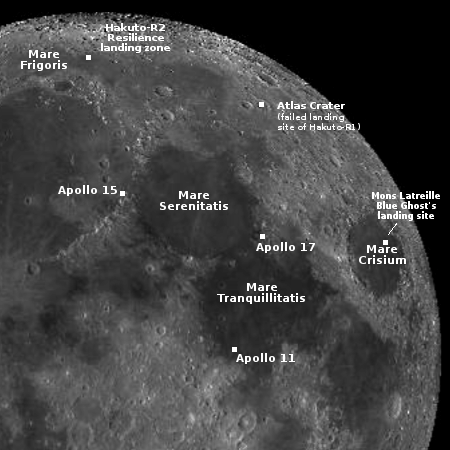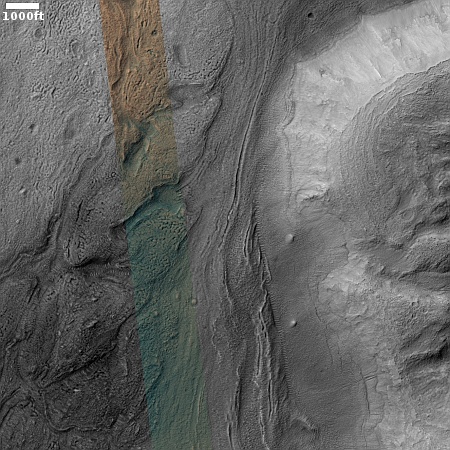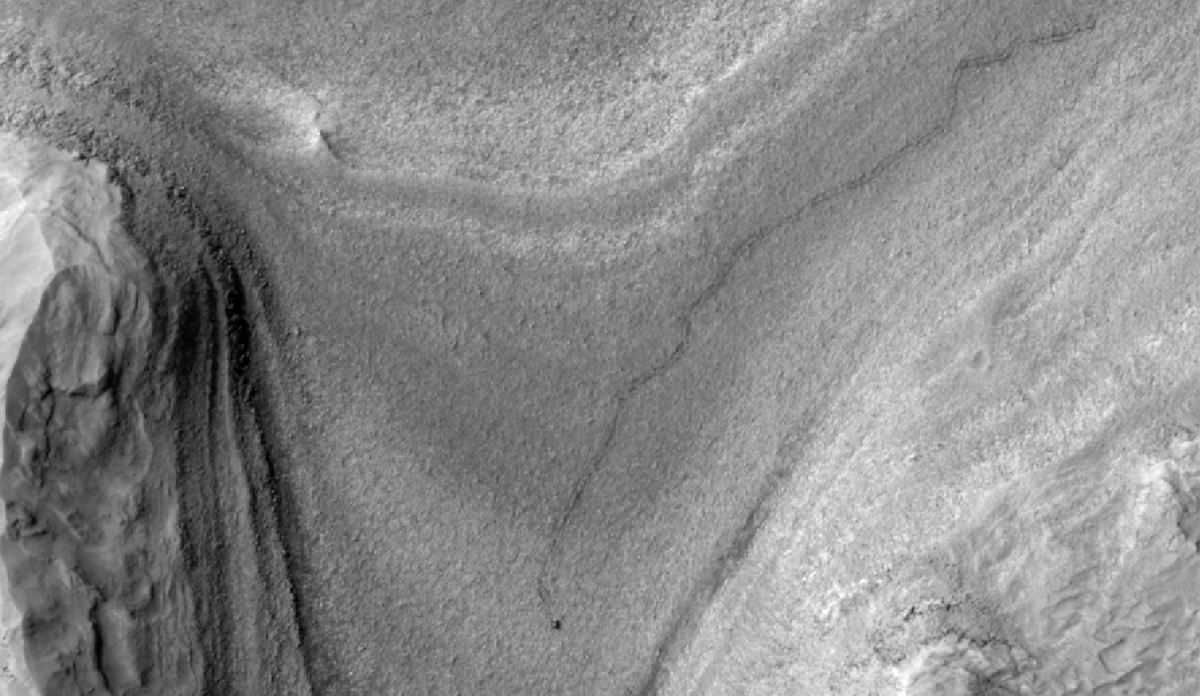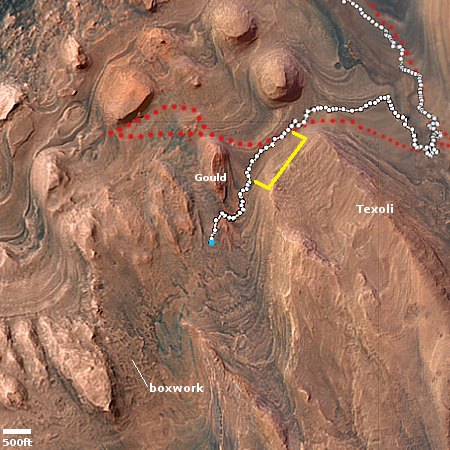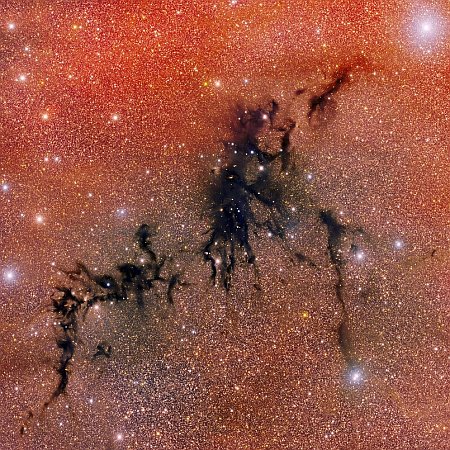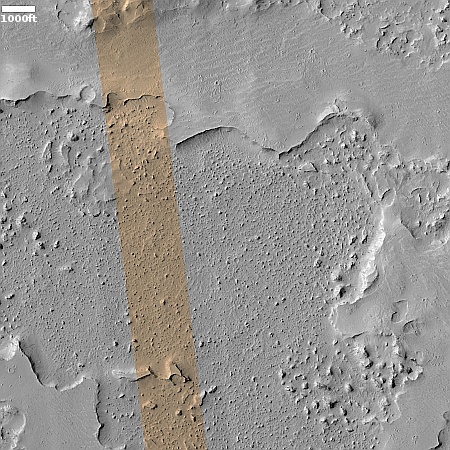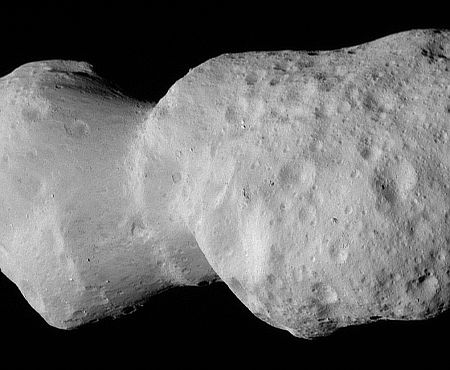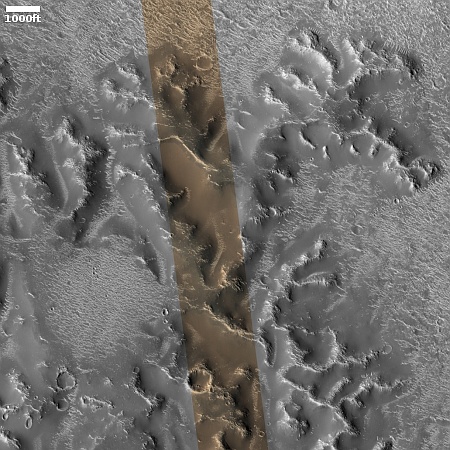Crash prediction for Venera failed lander now reduced to four hours
UPDATE: According to several reports today such as this one, the spacecraft ended up burning up over the Indian Ocean west of Indonesia at 2:24 am (Eastern) on May 10, 2025. It remains unclear whether it can be salvaged in any way.
————————-
The Aerospace Corporation’s prediction for the final uncontrolled re-entry of the Soviet Union’s 1972 failed Venus lander Venera has now been reduced to four hours, centered above the Indian Ocean near Indonesia, as shown on the map to the right, at around 1:29 pm Eastern.
This prediction however has great uncertainty, and will change in the next few hours. However, based on the orbits depicted, there is a good chance the lander will come down over either Europe or Asia.
As it was designed to survive the very thick and very hot atmosphere of Venus, there is also a good chance it will survive its uncontrolled re-entry through Earth’s atmosphere. Since Russia inherited all the assets of the Soviet Union, it will be responsible for any damage the lander does, as per the Outer Space Treaty.
UPDATE: According to several reports today such as this one, the spacecraft ended up burning up over the Indian Ocean west of Indonesia at 2:24 am (Eastern) on May 10, 2025. It remains unclear whether it can be salvaged in any way.
————————-
The Aerospace Corporation’s prediction for the final uncontrolled re-entry of the Soviet Union’s 1972 failed Venus lander Venera has now been reduced to four hours, centered above the Indian Ocean near Indonesia, as shown on the map to the right, at around 1:29 pm Eastern.
This prediction however has great uncertainty, and will change in the next few hours. However, based on the orbits depicted, there is a good chance the lander will come down over either Europe or Asia.
As it was designed to survive the very thick and very hot atmosphere of Venus, there is also a good chance it will survive its uncontrolled re-entry through Earth’s atmosphere. Since Russia inherited all the assets of the Soviet Union, it will be responsible for any damage the lander does, as per the Outer Space Treaty.




